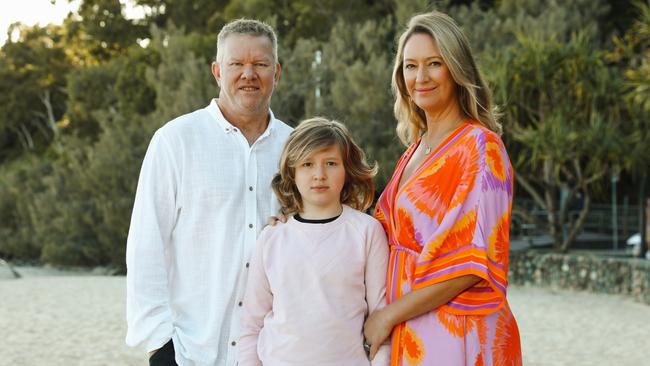Superannuation gender gap stings: here’s how to bridge it
Superannuation balance gender gaps begin widening early in women’s working lives. Here’s how they can be stopped.

The gap in superannuation balances between men and women remains dangerously large, and begins earlier than many savers think.
Fresh Australian Taxation Office data shows the average super balance for a man is $161,834 while for a woman it’s $129,506 – a 25 per cent difference.
This gender gap begins in peoples’ twenties, mostly caused by wage differences and time off for children, and by their early thirties it is already 20 per cent. A man aged 30-to-34 has average super of $48,603 and a woman $40,479, the ATO data shows.
However, there are strategies that can shrink the gap and help bring equality to retirement savings.
UniSuper’s manager of select advice, Renae Anderson, says from the moment they step into the workforce women are at a disadvantage when it comes to super, and it increases over time.
“There are a range of factors contributing to the gender gap – in particular, the lower salaries found in jobs typically held by women,” she says.
“Ultimately this needs to be addressed by policy makers, and it won’t change overnight.”
EVERYONE’S PROBLEM
Superannuation concierge service Super Fierce’s CEO, Trenna Probert, says the average wage of women in their early-to-mid-20s is lower than men of the same age.
“The effect on the super balance at that point is not large, $5200 versus $6200, but the compounding impact escalates really quickly,” she says.
“The fastest-growing homeless demographic in this country is single women over the age of 55. We need women to be able to fund a safe retirement on their own terms.

“People talk about it as though it’s a woman’s problem, but is shouldn’t be just up to a woman about what she can do to change it.”
Super Fierce has calculated that having children can cost up to $283,000 in foregone superannuation. It says reduced working hours by a mother when a child is zero-to-five years old can cost $8000 a year, while the loss of earnings trajectory compared with those who did not take time off, and the compounding impact over the next 30 years, do the rest.
“Children don’t just happen to women,” Probert says.
“Most often the choice to have children is a joint one, so it doesn’t make sense that women disproportionately bear the financial burden.”
Probert says a top-up of $10,000 into super combined with switching to a lower-fee fund could help reduce the super penalty facing new mothers to nil.
“Make voluntary contributions as early in life as you can so that magical compound interest starts to work hard,” she says.
FREE MONEY
Government incentives provide extra help. A $540 tax offset is available for people who contribute $3000 to their low-income spouse’s super each year, and the co-contribution scheme pays $500 free into the account of someone who earns below $42,016 and deposits $1000 of their own money.
UniSuper’s Anderson says “everyone’s situation is different”.
“The best thing that a couple can do is to get financial advice tailored to them,” she says.
“Speak to an expert together, and they’ll certainly be able to point you in the right direction regarding tax benefits from spousal contributions.”
Anderson suggest also considering catch-up contributions after time out of the workforce. “This allows workers with a total super balance below $500,000, who haven’t used up their concessional contribution cap of up to $27,500 in previous years, to take advantage of it,” she says.
“This could have a significant impact on a woman’s super balance and anyone with a tax rate higher than 15 per cent could save a considerable amount of tax.
“Check your fees. Being in a low fee fund saves everyone thousands of dollars by the time they retire. The Australian Taxation Office’s MySuper Comparison site is a great place to start.”

BRIDGE THE SUPER GENDER DIVIDE
• Seek help from your superannuation fund or an adviser.
• Consider catch-up contributions, spouse contributions and co-contributions to save tax and grow super faster.
• Start now – the sooner you begin, the more that money will work for you by compounding over time.
• Check your fees, because high fees also compound.
Source: UniSuper






To join the conversation, please log in. Don't have an account? Register
Join the conversation, you are commenting as Logout